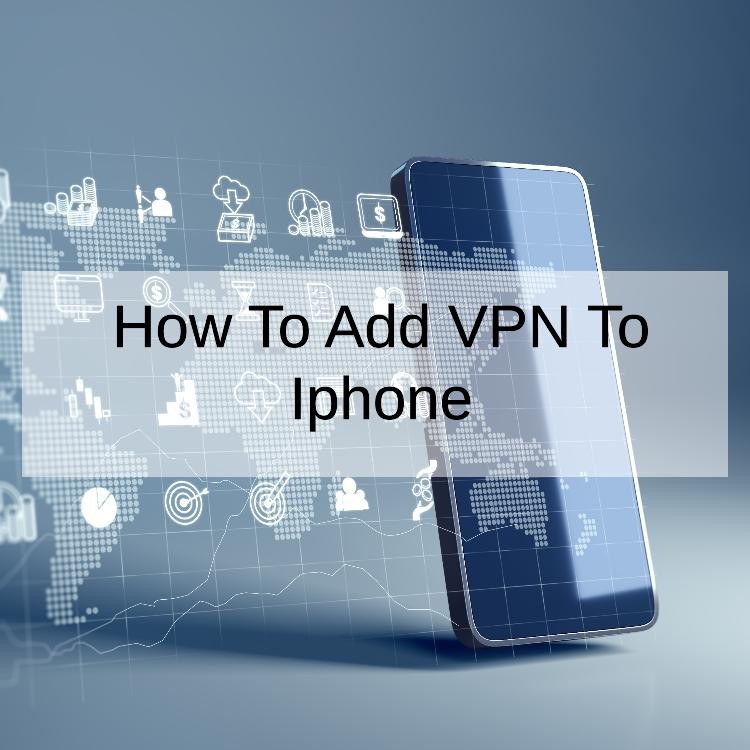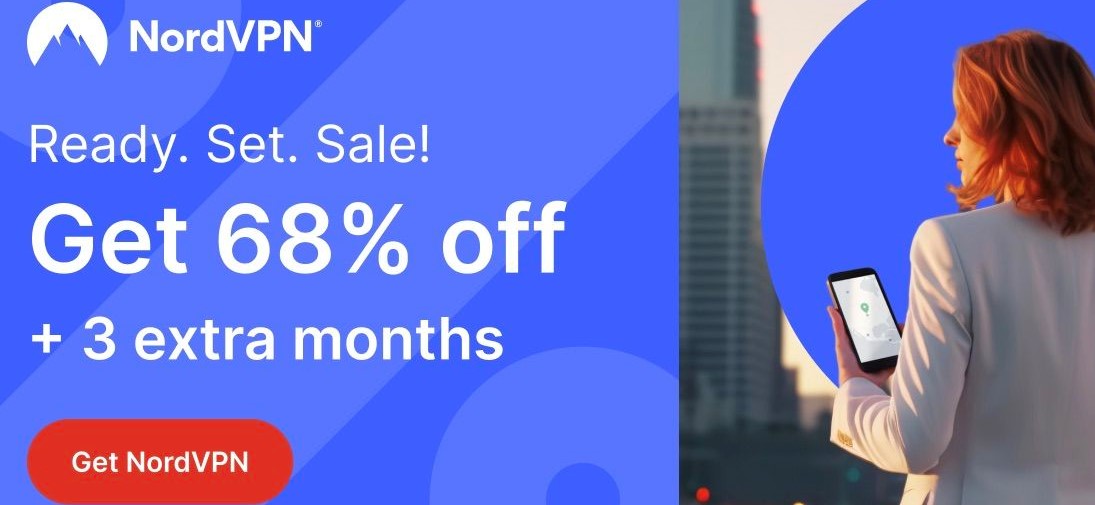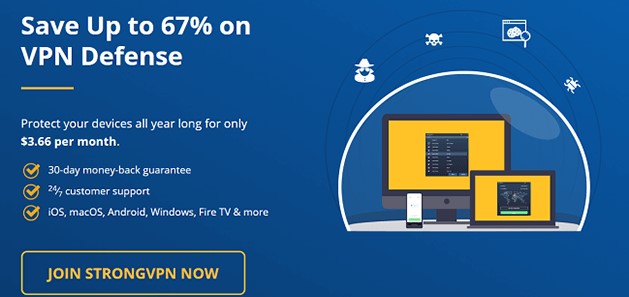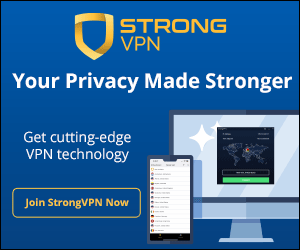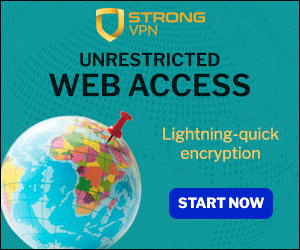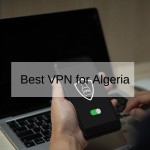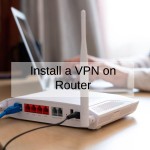In today's interconnected world, ensuring the security and privacy of our online activities is paramount. One effective way to achieve this is by using a Virtual Private Network (VPN), and with the increasing reliance on mobile devices, it's crucial to understand how to add a VPN to your iPhone. This blog post will guide you through the process, from understanding the importance of chrome browser VPN extension on mobile devices to choosing the right VPN app and providing a step-by-step guide on how to add a VPN to your iPhone.
Understanding VPN on iPhone
Before delving into the process, let's first grasp the significance of VPNs on iPhones. Apple's iOS has built-in support for VPNs, allowing users to establish secure connections over the internet. The benefits of using a VPN on an iPhone are multifold. It enhances security by encrypting your internet traffic, ensuring that sensitive information remains confidential. Additionally, a VPN enables users to access region-restricted content and enhances anonymity by masking the device's IP address.
Get More, Spend Less at Private VPN Today!
Choosing the Right VPN App
Not all VPN apps are created equal, and selecting the right one is crucial for a seamless and secure experience. This section will provide an overview of popular VPN apps available on the App Store, considering factors such as security features, user interface, server locations, speed, and privacy policies. By understanding these criteria, users can make an informed decision on which private internet access pia VPNaligns best with their needs.
Step-by-Step Guide: Adding VPN to iPhone
This is the heart of the blog post, offering a comprehensive, step-by-step guide to adding a VPN to an iPhone. Starting with pre-requisites such as ensuring the iOS is up to date and selecting a suitable VPN app, we'll then walk through the installation process and guide users on configuring VPN settings on their iPhones. This section will cover entering VPN configuration details and provide detailed instructions on initiating and disconnecting from a VPN connection.
Troubleshooting Tips
Even with the best VPN apps, issues may arise. This section addresses common problems users might encounter and provides troubleshooting tips. From checking for updates and compatibility issues to contacting VPN provider support, readers will gain insights into resolving potential challenges, ensuring a smooth and reliable private internet access VPNon their iPhones.
Best Practices for Using VPN on iPhone
Beyond the basic setup, it's essential to follow best practices to maximize the benefits of using a VPN on an iPhone. This section will provide recommendations for enhancing security, tips for improving VPN connection speed, and insights into managing VPN settings for optimal performance. By following these best practices, users can make the most of their VPN experience while maintaining a high level of security and privacy.
Adding a VPN to your iPhone is a straightforward process that significantly contributes to your online security and privacy. By understanding the importance of VPNs, choosing the right app, and following the step-by-step guide provided in this blog post, users can confidently navigate the world of itop VPNon their iOS devices. Emphasizing best practices ensures a seamless and secure online experience, empowering users to take control of their digital privacy. As technology advances, incorporating a VPN into your iPhone becomes not just a choice but a necessity for the modern digital citizen.
In the ever-evolving landscape of digital security and privacy, the importance of using a Virtual Private Network (VPN) on mobile devices, particularly iPhones, cannot be overstated. This article will guide you through the process of adding a VPN to your iPhone, covering topics such as the best VPN options available, easy installation methods, configuration options (both automatic and manual), reasons to use a VPN on your iPhone, and the advantages and benefits it brings.
Why and When to Use a VPN on iPhone
Before diving into the technical aspects, it's crucial to understand why and when you should use a VPN on your iPhone. A VPN offers a secure and encrypted connection, preventing unauthorized access to your data. It becomes especially relevant when connecting to public Wi-Fi networks, which are often susceptible to security breaches. Additionally, a VPN allows you to access region-restricted content and provides anonymity by masking your IP address. Whether you're concerned about data security, privacy, or accessing geo-blocked content, a VPN masteris a valuable tool.
How to Get a VPN for Your iPhone
The first step in adding a VPN to your iPhone is selecting a reliable VPN provider. There are numerous options available, each with its own set of features and benefits. Consider factors such as server locations, speed, security protocols, and user reviews when choosing the best VPN for your needs. Some popular VPN services include ExpressVPN, NordVPN, and CyberGhost. Once you've chosen a provider, you can download and install their app from the App Store.
Deals Galore! Dive into Pure VPN for Big Savings!
Easy Way to Install a VPN on iPhone
Installing a VPN on your iPhone is a straightforward process. Here's a step-by-step guide:
Check iOS Version: Ensure that your iPhone's iOS is up to date. This ensures compatibility with the latest thunder VPNprotocols and security features.
Choose a VPN App: Select a VPN app from the App Store that aligns with your requirements. Download and install the app on your iPhone.
Create an Account (if required): Some VPN services may require you to create an account. Follow the on-screen instructions to set up your account.
Open the VPN App: Launch the VPN app on your iPhone. Log in with your credentials if necessary.
Connect to a Server: Choose a server location from the available options and initiate the connection. Once connected, your iPhone is now using the VPN for a secure and private online experience.
Configuration of VPN on iPhone
Configuring a VPN on an iPhone involves both automatic and manual methods.
Automatic Configuration:
Most VPN apps offer an automatic setup process.
Open the app and follow the on-screen instructions.
The app typically configures the tuxler VPNsettings for you, making it a hassle-free process.
Manual Configuration:
For users who prefer more control, manual configuration is an option.
Go to "Settings" on your iPhone.
Tap on "VPN" and then "Add VPN Configuration."
Enter the VPN details provided by your VPN provider, including server, account, password, and encryption protocols.
Advantages and Benefits of Using a VPN on iPhone
Enhanced Security: A VPN encrypts your internet traffic, protecting your data from potential cyber threats, especially on unsecured networks.
Privacy Protection: Your IP address is masked, providing a layer of anonymity as you browse the internet.
Access Geo-Restricted Content: Bypass geographical restrictions and access content that may be blocked in your region.
Safe Public Wi-Fi Usage: When connected to public Wi-Fi, a VPN ensures that your data remains secure, preventing unauthorized access for unblock websites.
Prevent Tracking: A VPN can help prevent websites and online services from tracking your online activities.
Remote Access: Connect to your home or office network securely while on the go.
Adding a VPN to your iPhone is a proactive step towards safeguarding your digital presence. With the ease of installation, configuration options, and the multitude of benefits it brings, using a VPN on your iPhone is no longer a choice reserved for the tech-savvy but a necessity for anyone concerned about online security and privacy. Take control of your digital life by integrating a VPN into your iPhone and enjoy a safer and more private online experience.
Adding a VPN to an iPhone involves a few general steps, and the specifics might vary slightly depending on the VPN service you choose. Here's a detailed comparison across various aspects:
Compatibility:
Most reputable VPN services provide dedicated apps for iOS devices, ensuring compatibility with iPhones.
Some VPNs may offer manual configuration options using built-in iOS settings.
Ease of Setup:
VPN apps on the App Store usually provide a straightforward setup process for google VPN. Users typically download the app, install it, and follow on-screen instructions.
Manual configurations might involve entering server details and authentication information, which could be more complex.
User Interface:
VPN apps differ in terms of user interface design and ease of use. Some prioritize simplicity, while others offer advanced features that might be more suitable for tech-savvy users.
Server Locations:
Check the number and distribution of server locations provided by the VPN service. A larger server network can offer more options for bypassing geo-restrictions and improving connection speed.
Performance:
VPN performance can vary based on the provider and server load. Look for proton VPN freewith good speed and minimal connection drops.
Some VPNs may offer features like split tunneling to optimize performance for specific apps.
Security and Encryption:
Evaluate the encryption protocols offered by the VPN service. OpenVPN and IKEv2/IPsec are commonly supported on iOS.
Look for additional security features, such as a kill switch, to ensure that your data is protected even if the VPN connection drops.
Privacy Policy:
Examine the VPN provider's privacy policy to understand how they handle user data. Choose services with a strict no-logs policy to maximize privacy.
Cost:
Compare subscription plans and pricing models. Some protonvpn freeoffer free versions with limitations, while others provide premium services with additional features.
Customer Support:
Evaluate the availability and responsiveness of customer support. Look for VPN services that offer 24/7 support and multiple contact options.
Reviews and Ratings:
Read user reviews and ratings on the App Store or other review platforms to gain insights into the experiences of other iPhone users with the VPN service.
Keep in mind that the specifics can change, so it's advisable to check the latest information and reviews for the particular VPN service you're interested in. Additionally, make sure the VPN service is compatible with the iOS version on your iPhone.
What is a VPN and why would I need one on my iPhone?
A VPN, or Virtual Private Network, creates a secure and encrypted tunnel between your iPhone and the internet. This protects your online activity from being snooped on by public Wi-Fi providers, hackers, or even your internet service provider (ISP). Some reasons to use a VPN on your iPhone include:
Securing your data on public Wi-Fi: Public Wi-Fi networks are notorious for being unsecure, making your data vulnerable to interception. A VPN encrypts your traffic, keeping your information safe.
Accessing geo-restricted content: Some websites and streaming services block access based on your location. A VPN can help you bypass these restrictions by making it appear as if you're connecting from a different location.
Enhancing privacy: A VPN can mask your IP address, making it more difficult for websites and online trackers to gather your personal information.
Ready, Set, Save! Explore Strong VPN Deals Today!
Q.What type of VPN should I use on my iPhone?
There are two main types of VPNs:
Free VPNs: These are often tempting due to their cost, but they come with drawbacks. Free VPNs may sell your data, throttle your internet speed, or inject ads into your browsing experience. Choose a free VPN with caution and only from reputable providers.
Paid VPNs: These offer more reliable security, faster speeds, and better customer support. Popular paid VPN options include ExpressVPN, NordVPN, and ProtonVPN.
Q.How do I add a VPN to my iPhone?
There are two ways to add a VPN to your iPhone:
1. Manual setup:
Open the Settings app on your iPhone.
Tap General.
Tap VPN.
Tap Add VPN Configuration.
Select the type of VPN you're using (e.g., IKEv2, L2TP).
Enter the required information, such as the server address, description, username, and password. You'll typically get this information from your VPN provider.
Once you've entered all the information, tap Done.
2. Using a VPN app:
Download the app for your chosen VPN provider from the App Store.
Open the app and sign in with your account credentials (if required).
Follow the on-screen instructions to connect to the VPN.
Q.How do I connect to and disconnect from the VPN?
Once you've added a VPN configuration, you can connect to it from the Settings app:
Open the Settings app.
Tap General.
Tap VPN.
Tap the name of the VPN configuration you want to connect to.
Toggle the switch next to the VPN configuration to On.
To disconnect from the VPN, simply toggle the switch to Off.
Additional tips:
Consider your needs and budget when choosing a VPN provider.
Always update your VPN app to ensure you have the latest security features.
Be mindful of using free VPNs, as they may compromise your privacy or security.
Check your VPN's settings for options like automatic connection on untrusted networks or split tunneling (excluding specific apps from the VPN connection).

